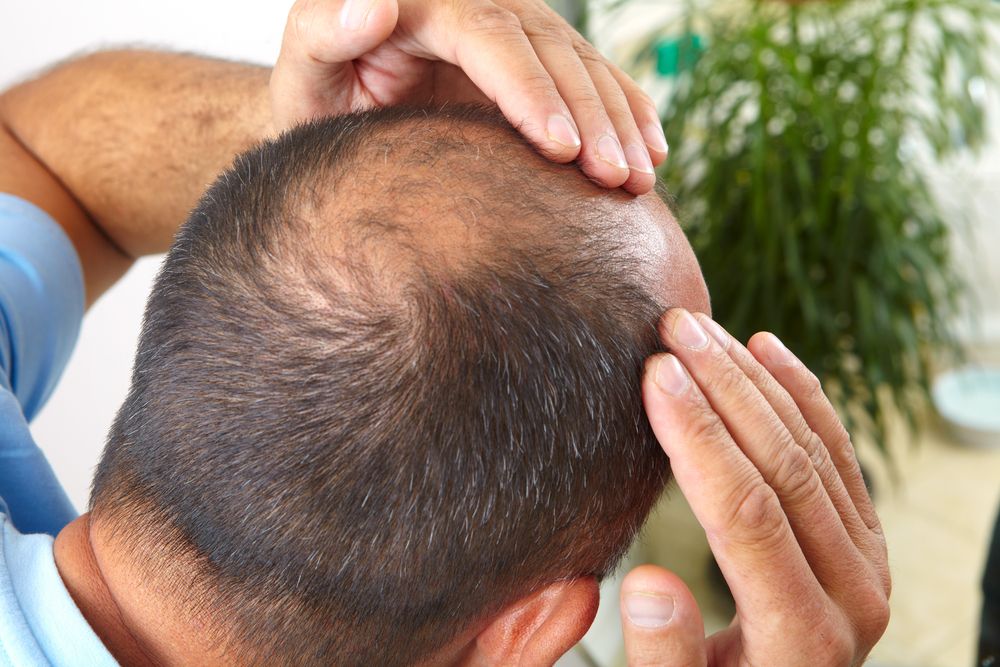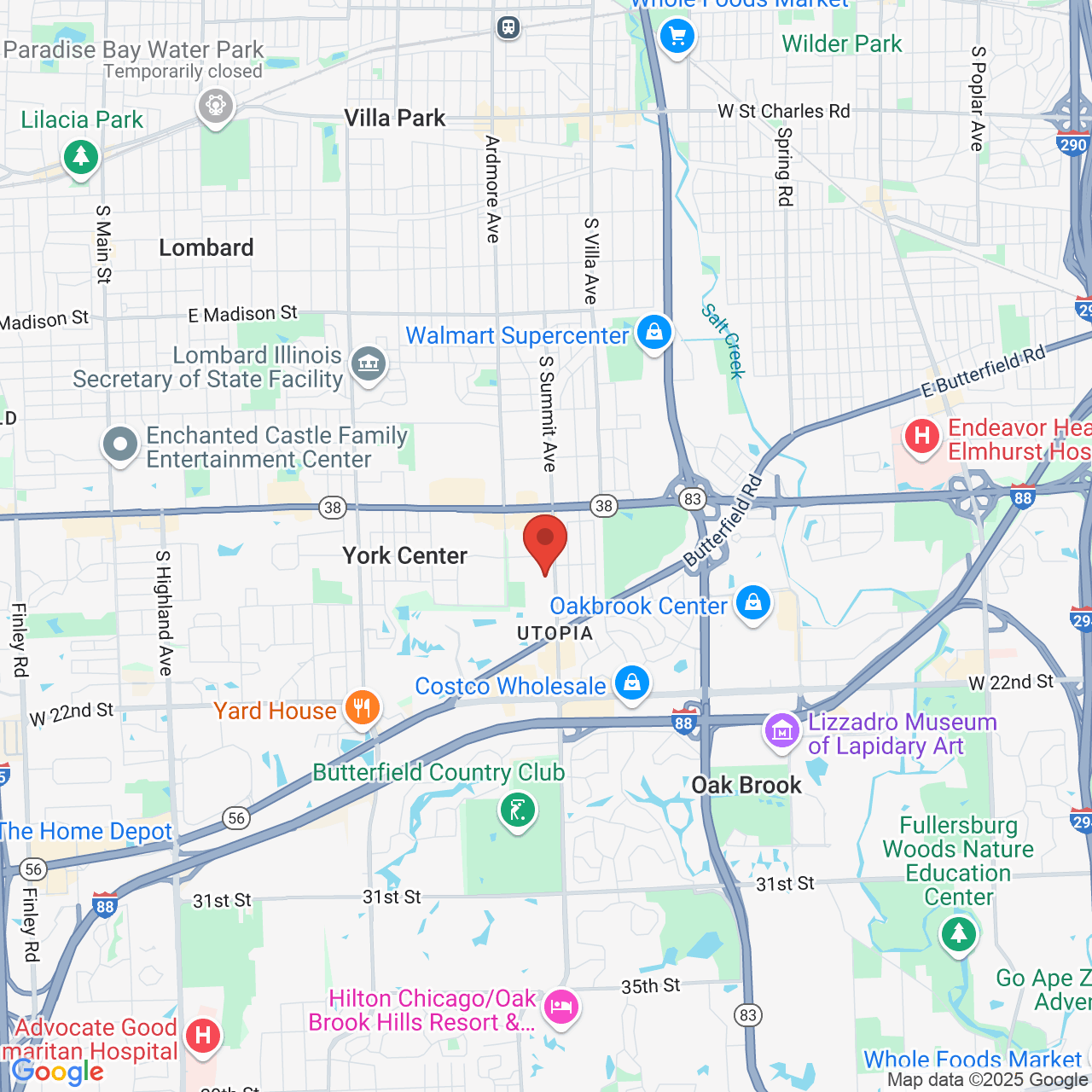Limitations of the Hair Transplant Donor Region
 For many men and women who are dealing with hair loss, hair transplant surgery provides an ideal solution, giving them the full head of natural growing hair they desire. However, an important part of ensuring the success of any hair transplant procedure lies in helping patients to establish realistic expectations for the results of their surgery. It is for this reason that Dr. Raymond J. Konior and Dr. Sahar Nadimi provide their patients with all the hair loss information they need to make confident, educated decisions about whether to proceed with hair transplant surgery before they commit to the procedure.
For many men and women who are dealing with hair loss, hair transplant surgery provides an ideal solution, giving them the full head of natural growing hair they desire. However, an important part of ensuring the success of any hair transplant procedure lies in helping patients to establish realistic expectations for the results of their surgery. It is for this reason that Dr. Raymond J. Konior and Dr. Sahar Nadimi provide their patients with all the hair loss information they need to make confident, educated decisions about whether to proceed with hair transplant surgery before they commit to the procedure.
One of the issues our hair loss surgeons discuss in detail during initial consultations with patients is limitations of the hair transplant donor region. Many patients of our Chicago, IL hair loss clinic are initially unaware that the coverage they are able to achieve in the thinning regions of their scalps will be limited by the number of hair follicles that can be harvested from the donor region. For some patients, this number may be sufficient to achieve excellent coverage. However, for others, expectations may have to be tempered somewhat.
What types of results can you expect to achieve through hair transplant surgery? To find out, we encourage you to schedule your initial consultation with Dr. Raymond J. Konior or Dr. Sahar Nadimi at Chicago Hair Institute today.
What Are the Limitations of the Hair Transplant Donor Area?
Picture in your mind, for one moment, the stereotypical bald male, whose hair is missing at the front of the scalp as well as the crown; however, a strip of hair remains at the back of his head that extends around to the sides, just above his ears. This remaining hair, which remains dense and healthy, is genetically resistant to hair loss. It will remain genetically resistant to hair loss wherever it resides on the scalp. As long as it survives the transplant process, it will continue to thrive and remain healthy once it has been harvested and moved to a new location.
For men with minor to moderate thinning, there is often sufficient hair in this region of the scalp - the “safe” donor region - to produce natural-looking restoration through hair transplant surgery. For men who have lost significant amounts of hair or who are completely bald, however, the ratio of hair that can be harvested from the safe donor region and transplanted to the recipient are may be comparatively small. In such cases, patients must understand what can reasonably be achieved.
It may be possible to transplant hair that exists just above or just below the safe donor region, as well as from other parts of the body, to achieve better coverage. Our doctors will discuss your options with you and recommend the course of treatment likely to yield the best possible results.
Learn More about the Limitations of the Hair Transplant Donor Region
To learn more about the limitations of the hair transplant donor region, please contact Chicago Hair Institute today.





